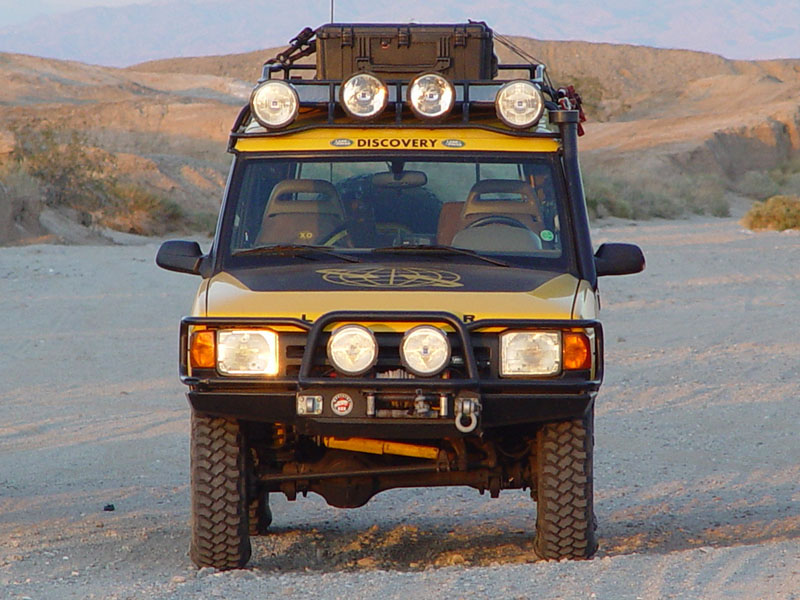i see it from both sides, having two rigs set up differently. mind you my wide tires are only 37-12.5, thats not real wide for its height, but its still 12.5 against about 9 on the other rig.
for my tech related reply,,,, my thoughts are that both tires have merits in all conditions, i run the same terrain with both rigs and i honestly dont see much difference in the end result. the skinnier tires dig much quicker and either find a bottom or get weight to the other tires, where the wider tires tend to float a bit more and dont need to dig as often. i believe if you know how to drive you'll avoid much potential problems before wide vs narrow even matters.
as for the airdown debate of wide and skinny, again i dont think it matters as much as it gets made out to. scott posted up some good stuff about the the length of tread being more important, well no matter how wide a tire is if you air down you lengthen the tread, the obvious difference is flotation, the goal is not to spin but if you do to find forward traction.
i dont play much in mud so my example is geared to sand. the example of arctic trucks is a perfect one, you find the same scenario in the sahara and flotation would be so much better than the way everybody does it now. the problem is you need a specialty rig, much easier to do in iceland where your staying in the specialty environ, i think the whole skinny debate in sand would be blown out of the water if it was economical to build a specialty rig for it. skinny is a compromise in sand for the expected hard pack and tarmac the same rig will be spending much time on.
now for my chat related reply,,,, i think skinny tires have stayed in fashion with the explorer types mostly because the rigs stay closer to stock, so the smaller lighter tires really do account for less wear, better fitment and so on. i think wide tires have stayed in fashion with recreation guys because those rigs stray from stock and are played with more. i do like the merits of a skinny tire for a rig that sees much travel on hardpack and benefits from the MPG increase.



